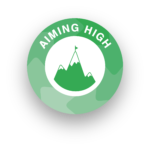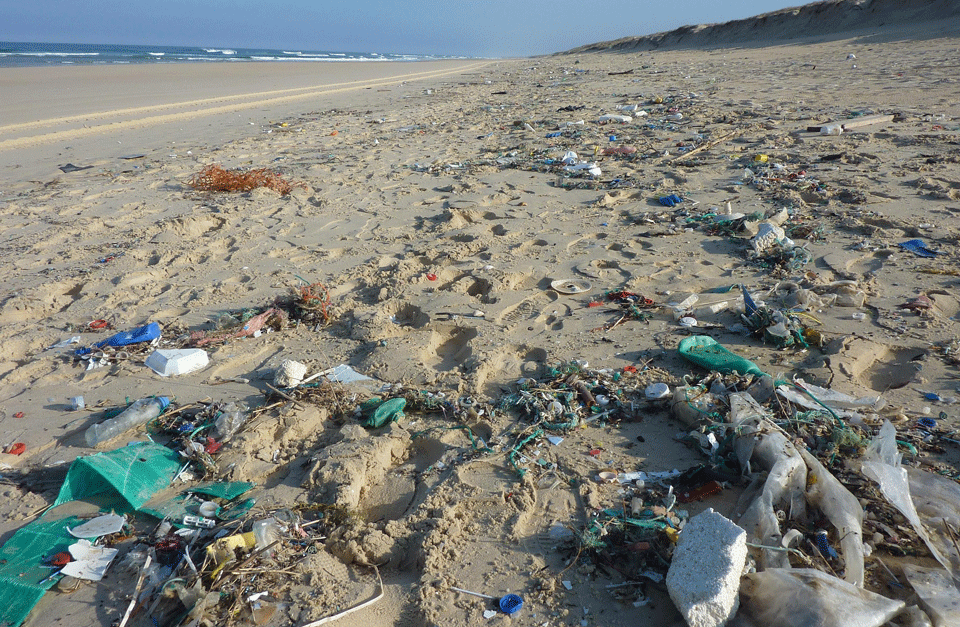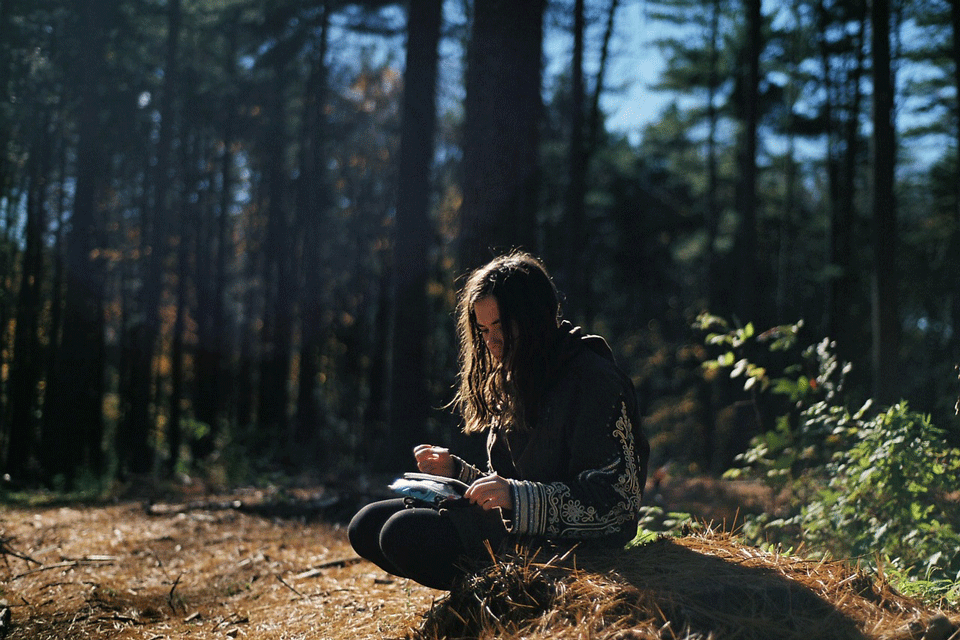From the Archive
This article was originally included in the Summer 2017 ezine Ignis
Reduce, Reuse, Recycle – almost everyone was introduced to the 3Rs in nursery and primary school. It’s now automatic to use a recycling bin for a bottle or a can; but how eco-friendly is your lifestyle? Do you turn off the water while you brush your teeth? Unplug all electronic gadgets when they are not being used? Use a water filter instead of buying bottled water? Use the best types of energy saving lightbulbs? Walk or cycle instead of taking the bus or the taxi of mum and dad? Print out only the minimum needed on paper and recycle the paper you do use? Use rags of old t-shirts etc for cleaning with green friendly cleaning products instead of paper kitchen towel? Check out your carbon footprint and buy locally? Small changes in habits mean that you don’t have to be an eco-warrior to help the environment.
Did You Take Part in the June Plastic Challenge?
Did you even hear about it? Did you know that up to 12.7 million tonnes of plastic enters our seas every year? There is so much rubbish entering the environment that it is estimated that by 2050, without intervention, there may be more plastic in the oceans than fish. In June the Marine Conservation Society challenges everyone to give up single-use plastic for a day, or a week, or even the whole month. Not as easy as it sounds. Look at all the packaging that comes with a product: food on plastic trays covered in clingfilm; bags of ready-packed fruit and vegetables; toiletries in plastic bottles; ready meals for the microwave. https://www.mcsuk.org/what-you-can-do/ocean-friendly-living/reducing-your-plastic-footprint/plastic-challenge/
And then there is the hidden plastic. Did you realise if you had a cup of tea this morning it probably used a teabag that contains plastic? Did you use a face scrub? Microbeads, (tiny particles of plastic) have been added to some cosmetic products, like face scrubs. These microbeads flow down the sink pipes into the sewers, water treatment plants can’t filter out something that small so they continue into the ocean where sea creatures eat them; we then eat the sea creatures. Although the problem with microbeads has been recognised, and usage bans are starting to be implemented around the world, another source of microplastic comes in the form of microfibres. https://www.youtube.com/watch?v=BqkekY5t7KY
While natural fibres like cotton or wool biodegrade, fleece and other synthetic materials are non-biodegradable and can be coated with chemicals to help with things like water resistance in sports performance. These synthetic materials shed plastic microfibres in the washing machine which like microbeads aren’t filtered out at the waste treatment stage, so the fibres reach the ocean. An added hazard is their ability to bind with molecules of harmful chemicals such as pesticides. The microfibres are eaten by plankton and other small organisms and once again make their way up the food chain, often stunting the growth of shellfish and fish upon digestion. It should eventually be possible to create a filter somewhere in the system. However, washing machine manufacturers are unwilling to add filters to their machines, as they claim customers don’t even clean the filters that already exist for visible fibres. In the meantime, products like special filter laundry bags to place in the washing machine may be one way forward and if you buy sportswear then get good quality as they will deteriorate more slowly.
Greenpeace has a plastics calculator which helps you estimate how much disposable plastic you use in a year. This website will also ask you to sign a petition to support the introduction of a deposit return scheme on plastic boxes. Greenpeace Plastic Usage Estimator
Keep Britain Tidy has a Plastic Challenge with resources to learn more about managing plastics from the Environmental Agency https://www.keepbritaintidy.org/get-involved/support-our-campaigns/plastic-challenge
Realistically living plastic-free is well-nigh impossible these days, but being eco-aware of how your product is packaged is a good start. Buy loose fruit and vegetables in the supermarkets with paper bags (which you then recycle), or go to markets and other shops that sell loose dry goods like rice and nuts and bring reusable bags. How about going back to soap bars, rather than using handwash in plastic bottles – or getting refillable pouches to reuse plastic bottles on toiletries and household cleaning products? These are just some of the great suggestions from the Marine Conservation Society. They also run the annual Great British Beach Clean in September; why not get involved? http://www.mcsuk.org/beachwatch/greatbritishbeachclean
The Tree Charter
Another great way to help the environment is to plant a tree. They are a source of clean air, provide wildlife habitat, a place for humans to play and being among them promotes health and mental well-being. Whilst you might not have too much land free where you can do this for yourself, The Tree Charter may offer the answer. Spearheaded by the Woodland Trust, more than 70 organisations will be helping to promote and develop woodlands across the UK. The UK is one of the world’s top consumers of wood products. At present, we aren’t even planting enough trees to replace those that are lost in town and country each year; with the threat to wildlife and the extinction of some tree species that this represents.
The 6th November 2017 sees the 800th anniversary of the 1217 Charter of the Forest. On the 800th anniversary a new charter will be launched – the Charter for Trees, Woods and People – which aims to celebrate the rights of people to the benefits of trees and woods. The simplest way to show your support is to sign the Tree Charter and for every signature received a tree will be planted. Unfortunately, the Charter cannot display the names of under-18 year olds, so although your parents can sign, you can’t. However, to get around this problem and show your support for the Tree Charter, under-18 year olds can print off the bare skeleton of a tree and get a group of people to create leaves for the tree. Each leaf is the equivalent of a signature and when the tree is full you send a photograph of it to the Tree Charter who then register the number of leaves anonymously on the Charter itself, so your tally is still counted. More about the Charter and events that will be held around the country, or how to get your school involved is available at https://treecharter.uk/

About the Author: Geraldine Glover is Potential Plus UK’s Community Information Coordinator. She is a Chartered Information Professional with a background in editorial work and information science. She is the mother of two children with high learning potential.







